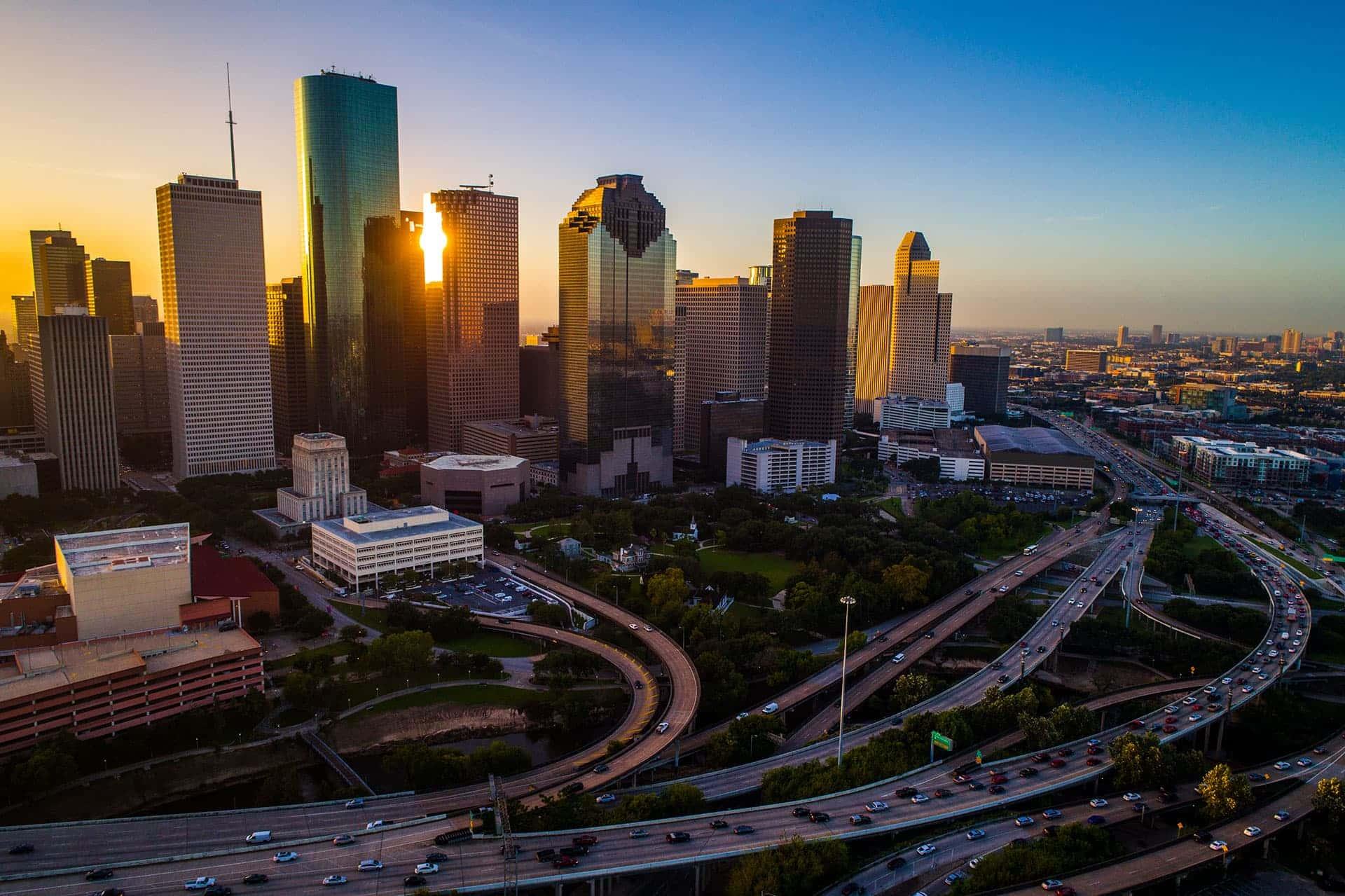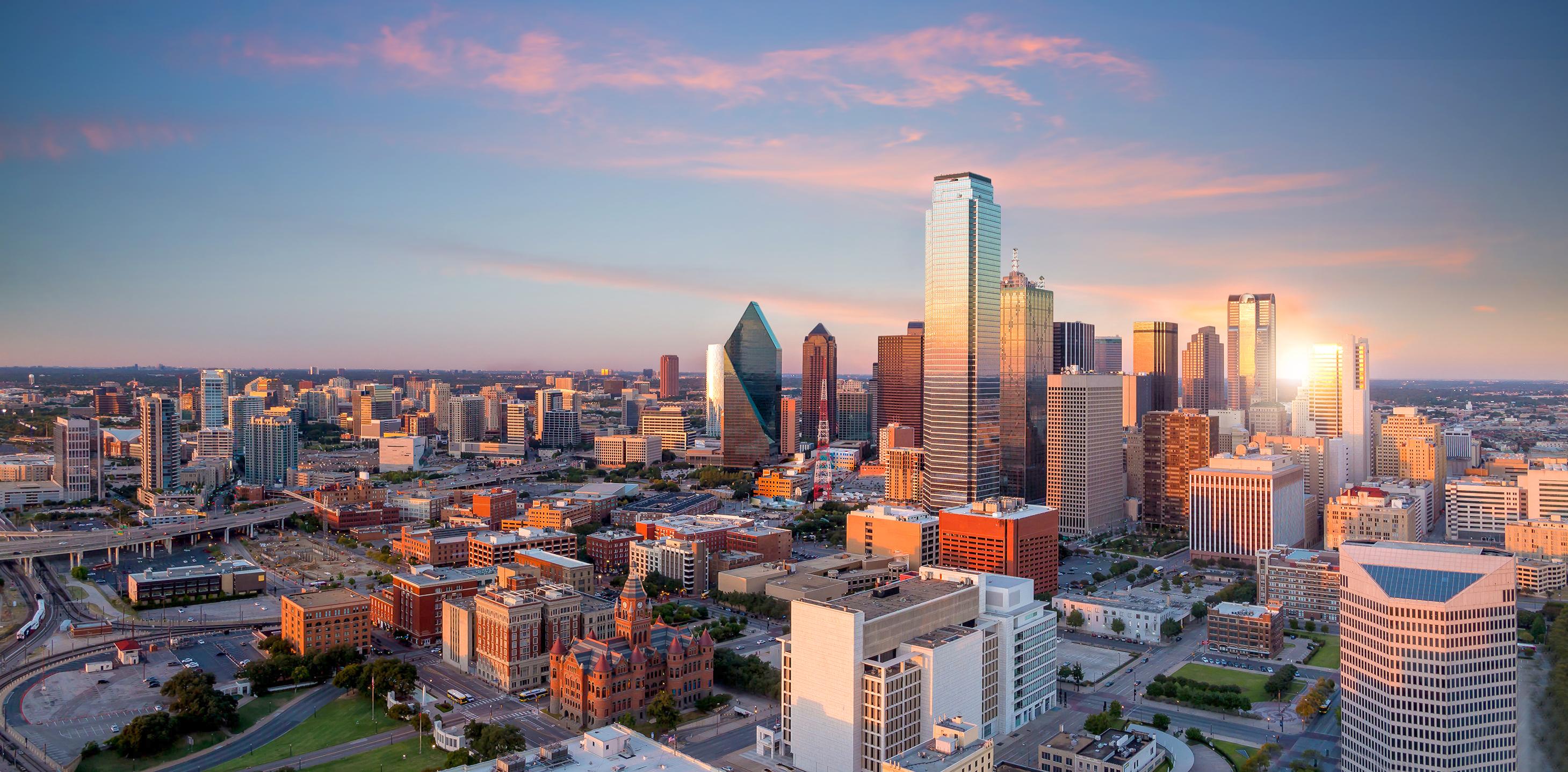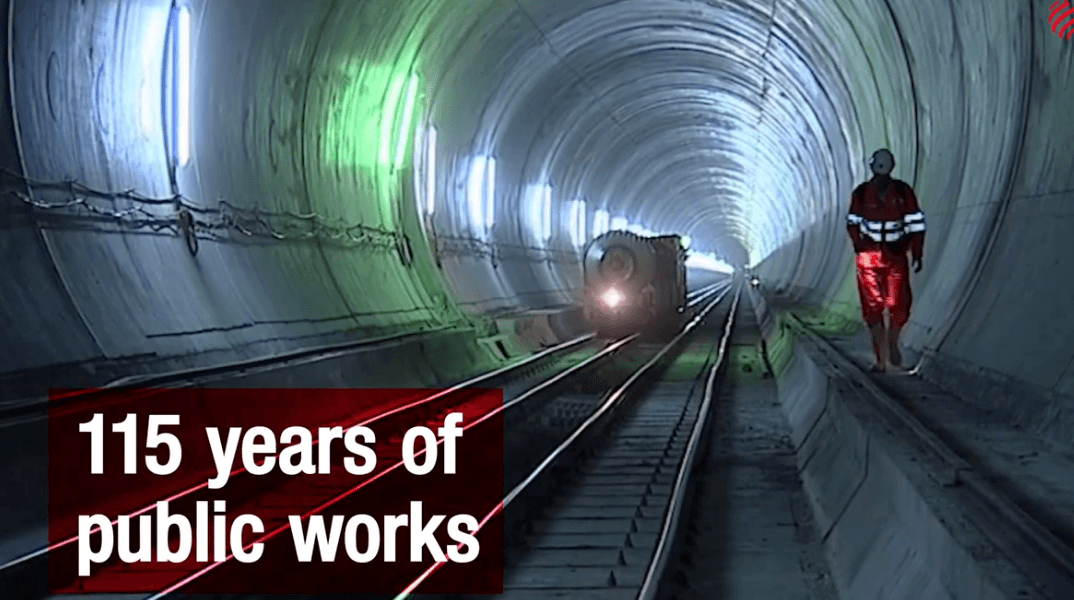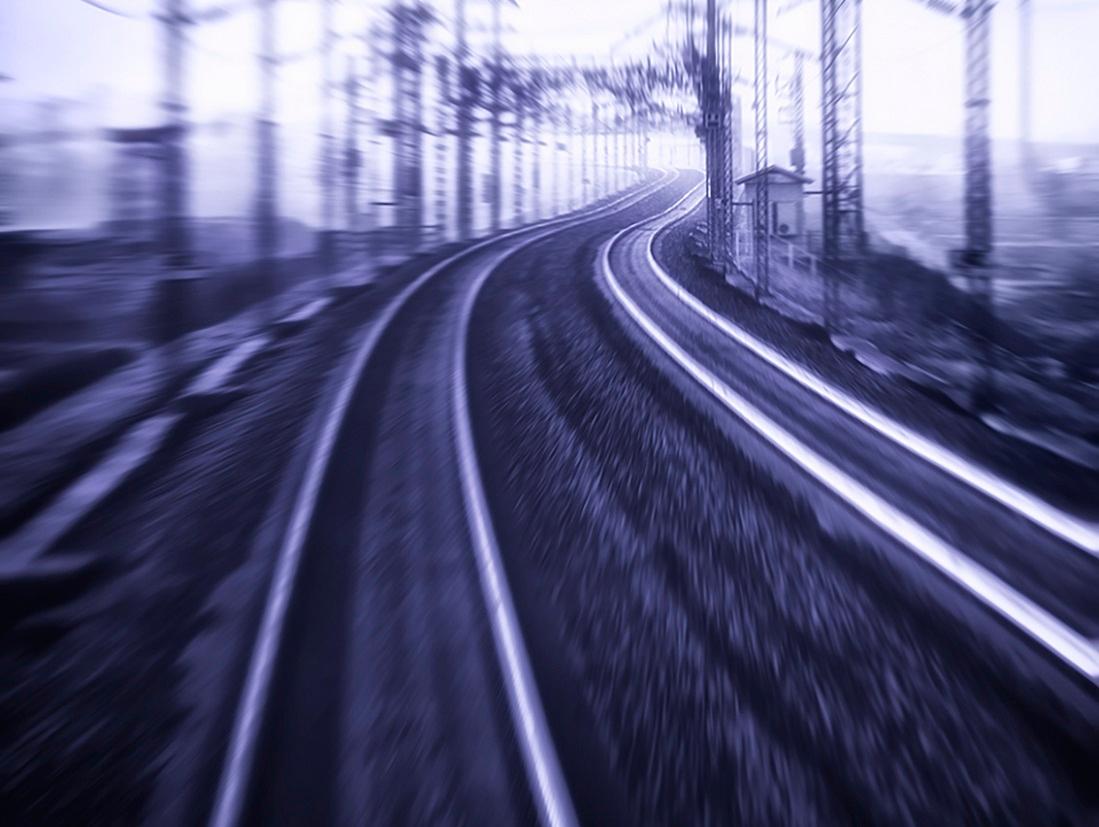MILAN, June 27, 2022
Green light for High-Speed Rail in Texas
A U.S. high-speed train is coming closer to becoming a reality. The Texas Supreme Court has ruled in favour of Texas Central LCC and affirmed its right under Texas law to acquire via the established eminent domain process land needed to build a railway for high-speed travel between Dallas and Houston. Texas Central is the company in charge of developing the project. Webuild and its subsidiary Lane will build all of the civil works, valued at $16 billion.
A major sustainable mobility project for Texas
The Texas high-speed train project is amongst the most important in the world in terms of railway connections between two large urban centres.
A high-speed train line - the first in the United States - to link two major cities, Houston and Dallas, in less than 90 minutes, reworking Texan mobility in a sustainable perspective.
Texas High Speed Rail will guarantee fast, safe and low environmental impact travel for 13 million people who today move between the two cities by car - the preferred means of transport by Americans for traveling through the Texan state - or by air.
Just like Madrid-Barcelona, Tokyo-Osaka or Paris-Lyon, the two cities Dallas and Houston are at the right distance to guarantee reduced travel times compared to car travel and at extremely competitive prices compared to air travel.
The railway, which will be 380 kilometres long, will transform mobility between two U.S. cities with strong population growth. The high-speed train will link Dallas and Houston in 90 minutes with a train every 30 minutes at peak times. There will be one stop in the Brazos Valley, where Texas A&M University is located. It is expected to be 90 minutes faster than car travel and one hour faster than air travel considering boarding times.
Dallas and Houston are respectively the fourth and fifth largest economies in the U.S, after New York, Los Angeles and Chicago. The two metropolitan areas are amongst those with the highest population growth.
According to the US Census Bureau the Dallas/Fort Worth Metroplex registered one of the highest rates of population growth in the U.S. - 1 million from 2010 to 2018.
It is estimated that 6 million passengers in 2029 and 13 million in 2050 will use the high-speed train between Dallas and Houston.
The total investment for the Texas High Speed Rail is expected to be approximately $16 billion and represents one of the largest infrastructure contracts in the United States.
Texas Central signed a design-build contract with Webuild Group (Texas High Speed Rail LLC is the company created by Webuild and its U.S. subsidiary Lane Construction) to build Texas High Speed Rail.
Texas High Speed Rail
Texas High Speed Rail
The first high-speed train line in the United States is amongst the most important in the world in terms of railway connections between two large urban centres
Economy and Environment
From an environmental perspective, the Dallas-Houston train is expected to reduce CO2 emissions by about 700,000 metric tons annually and will avoid the presence of 14,630 vehicles per day on I-45 between Houston and Dallas. The train is 6 times more energy efficient than the car and emits about 1/12 of the carbon dioxide of a Boeing 777-200.
In terms of the economic perspective and the positive impact on the local area, the high-speed train, which will be entirely financed by private investors, will increase employment both in the construction phase and in the management phase for thousands of people.
Economy and Environment
The benefits for the region
Over the next 25 years the project is expected to lead to economic benefits into state and local economies, including the creation of new jobs
+ + +
direct jobs during works
+ + +
supply chain jobs
+ + +
estimated economic direct impact for the region for the next 25 years
Texas High Speed Rail - Project Overview
The High-Speed Train will offer a new sustainable transport route for over 13 millions texans
Over 13 million Texan residents live less than an hour away from the three bullet train stations. As many as 16 million trips are made each year between North Texas and the Houston area. These trips are expected to grow at a rate of 1.5% per year, almost doubling the national average.
90% of travellers currently travel by car, the rest by plane. According to the most complete and recent study, 72% of travellers said that if the high-speed train were an option, they would already "certainly" or "probably" use it today.
The new railway line will therefore have a great impact in terms of decongesting the Interstate 45, one of the busiest arteries in the US, which - with the train operating - will have about 14,630 less vehicles per day traveling along it.
Currently, to cover the distance between Houston and Dallas, considering the traffic jams, it often takes over four hours: a time that, according to the Texas Department of Transportation, is destined to expand, exceeding six hours, by 2040. This is a huge problem also from an environmental point of view due to the ever-increasing CO2 emissions.

Texas High-Speed Rail contract is the achievement of a long-held dream: to create an international champion with Made in Italy engineering, with the opportunity to work alongside our American colleagues to transform mobility in the United States.
The japanese formula to travel fast in the safest way possible
The Texas train will be based on Central Japan Railway's Tokaido Shinkansen train system, the world's safest mass transportation system.
Japan’s Shinkansen first came into service on the Tokaido Shinkansen line between Tokyo and Osaka in 1964. Its 55 years of service have been a veritable triumph for the country in light of the benefits it has brought, especially in terms of safety. Its track record is enviable: zero accidents on land, on board or along the rail line. Average rate of punctuality: one minute annual delay.
The high-speed train transports 420,000 passengers a day along the Tokyo-Osaka line, the busiest in the world. Japan’s network of high-speed rail service covers about dozen lines. The original N700 model with 16 carriages has been revised for the United States in the form of the new N700-S with eight carriages and an operating speed of up to 320 kilometers per hour.
High-Speed Rail in the World
The lead to the HSR in Texas
High-Speed Rail in the World
Webuild for the development of Global Infrastructure
Webuild has completed more than 2,000 projects in its 117-year history. Many of these projects were challenging for their geography (deserts, forests) or urban setting (big cities with dense traffic flows).
Each project is a sign of distinction for a group that works in 50 countries with 85,000 employees from more than 100 nationalities.
The Group, which operates in the United States through Lane Construction (130 years of history), has a long experience in rail infrastructure, especially in complex systems for high-speed and highcapacity trains. It has a track record of 13,637 kilometres of rail and metro lines (since 1960).
It is working on high-speed rail projects like the Brenner Base Tunnel, which will be the longest rail tunnel in the world; the new Genoa-Milan and Naples-Bari railway lines in Italy and the new “Orient Express” in Turkey between Istanbul and the Bulgarian border.
Through Lane Construction, it recently built the LYNX Blue Line Extension (BLE), in North Carolina. The Group’s expertise includes the metro networks in cities such as New York, San Francisco, Paris, Copenhagen, Milan, Rome, Lima, Riyadh and Doha. It is also involved in the construction of iconic projects in other sectors of the infrastructure industry, such as the Rogun dam in Tajikistan, which will be the highest in the world; the Snowy 2.0 hydroelectric project in Australia; the Northeast Boundary Tunnel in Washington, D.C.; the Al Bayt stadium for the 2022 World Cup in Qatar.


The story continues in We Build Value
Read all the details in the articles in our digital magazine.


